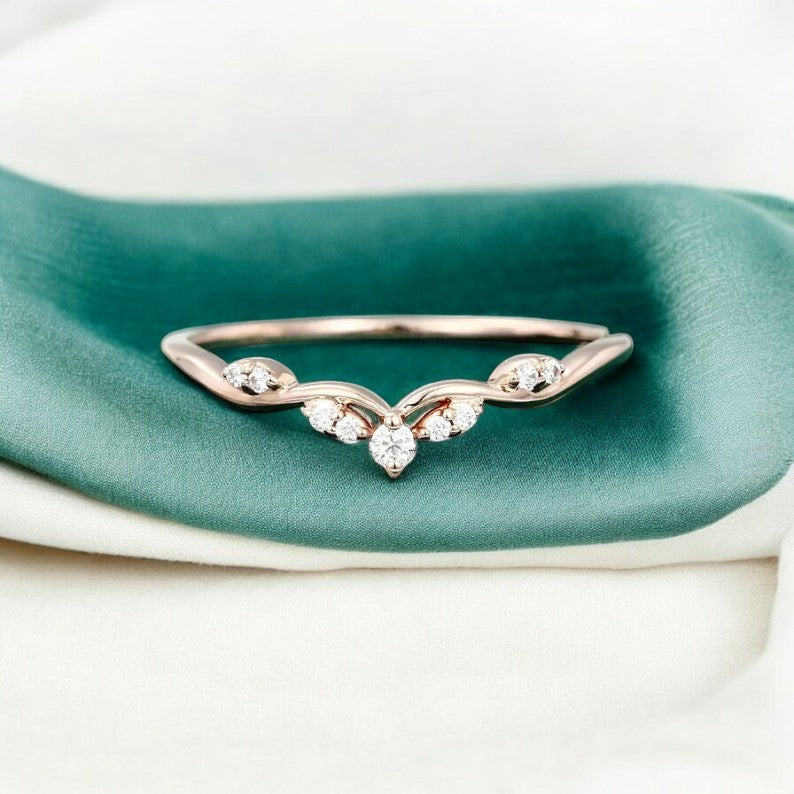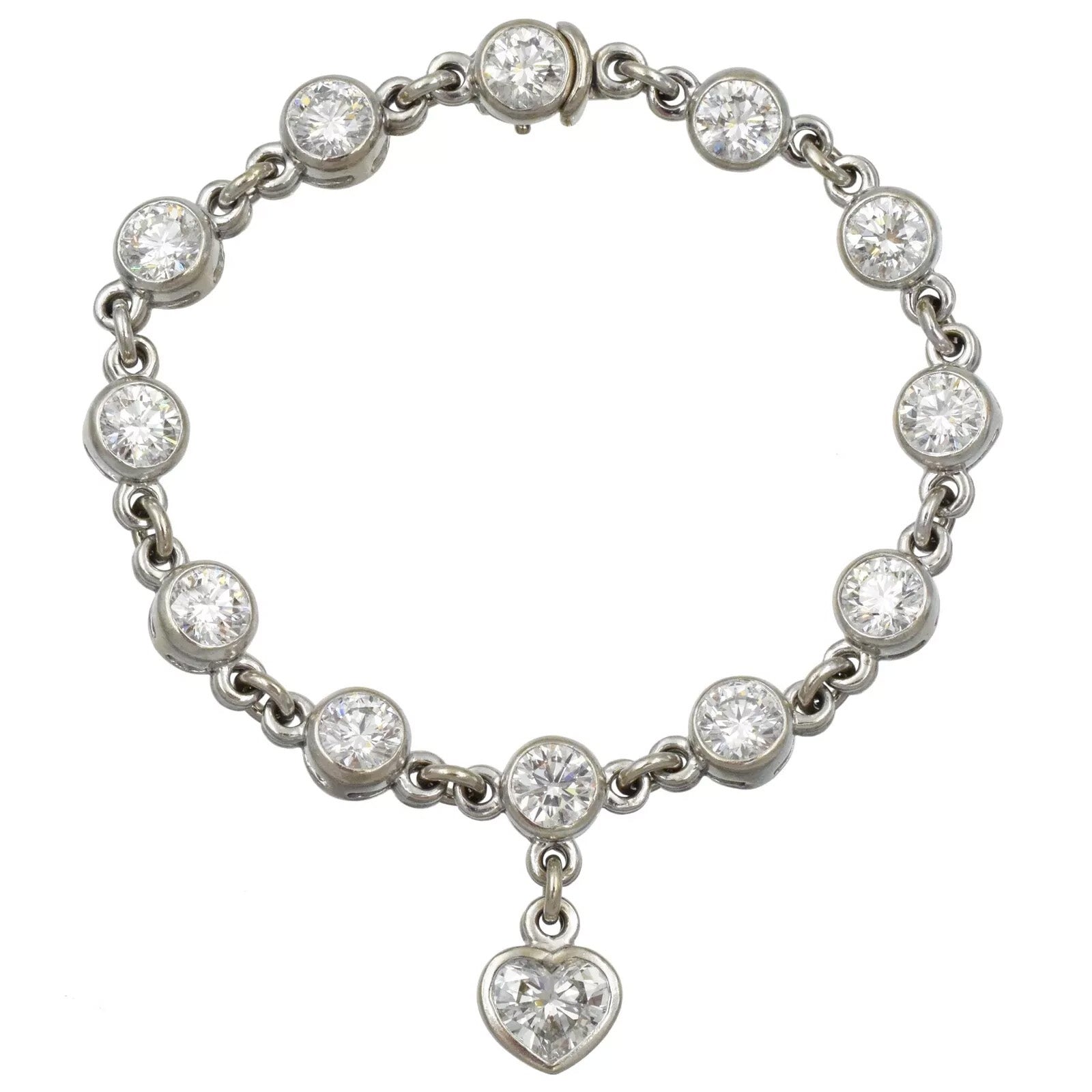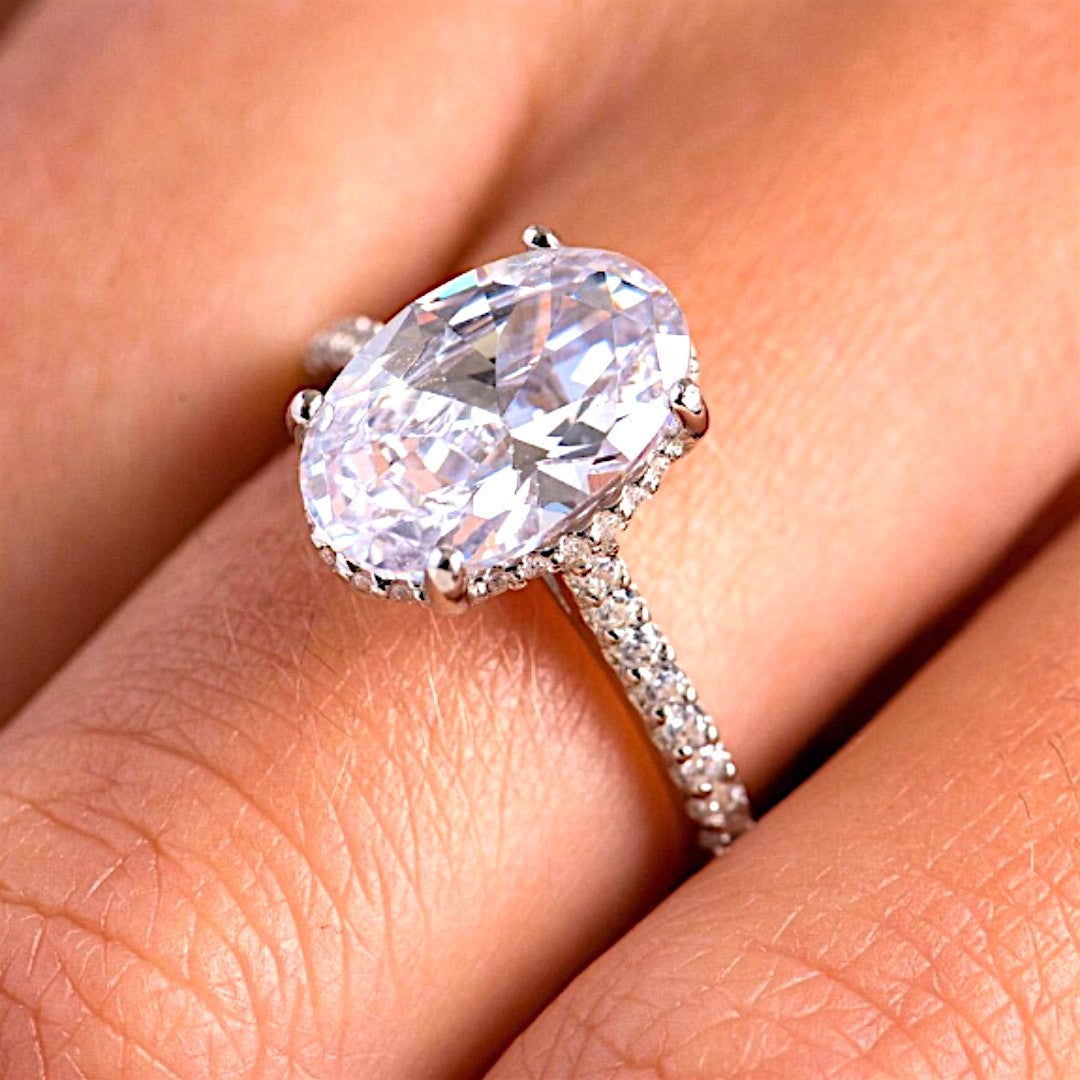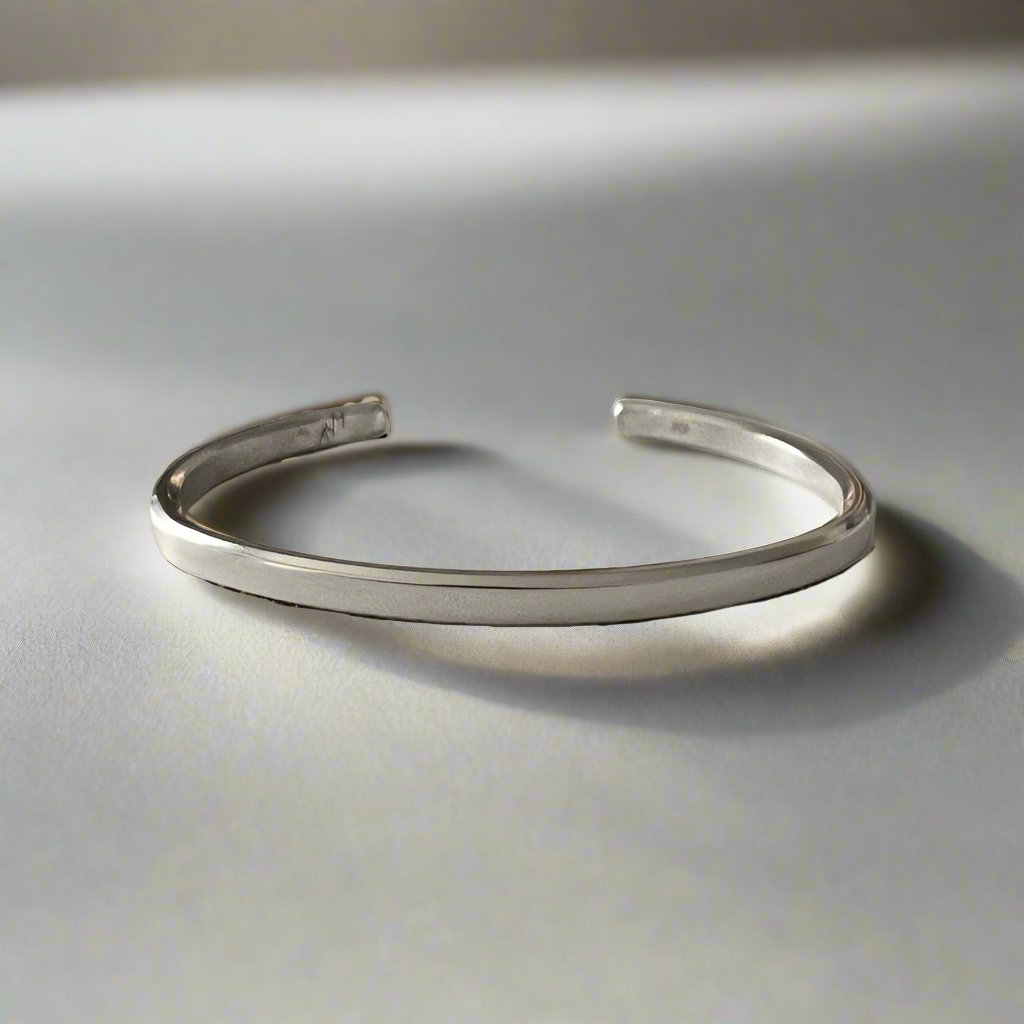Peridot

"Peridot glows with the essence of a sunlit grove, infusing each moment with a touch of renewal and the promise of endless vitality."
Overview
Peridot, known for its stunning green hues, is a gemstone that has captivated admirers for thousands of years. Often found in shades ranging from a soft, pale green to a deep, vibrant olive, peridot is celebrated for its bright, clear color and distinctive brilliance. The name "peridot" is derived from the Arabic word "faridat," meaning gem, highlighting its revered status in the world of gemstones.
Overview The Ancient Jewel
Historically, peridot has been cherished across various cultures. Ancient Egyptians referred to it as the “gem of the sun,” believing it had protective powers and could ward off evil spirits. The gemstone was used in jewelry and amulets by Pharaohs and has been found in archaeological sites dating back to ancient times. In the Middle Ages, peridot was associated with healing properties and was often set in religious artifacts.
Family
Peridot is a variety of the mineral olivine, which belongs to the silicate mineral group. Unlike many gemstones that are variations of a more common mineral, peridot’s vibrant green color is due to its unique composition, primarily containing iron.
Physical Properties
Chemical Composition
Peridot is composed of magnesium iron silicate with the chemical formula (Mg,Fe)₂SiO₄. Its green color results from the presence of iron in its crystal structure. The specific shade of green can vary based on the ratio of magnesium to iron in the mineral.
As a Birthstone
Peridot is the birthstone for August and is also associated with the 16th wedding anniversary. Its bright green color symbolizes growth, renewal, and vitality, making it a meaningful choice for those born in August or celebrating significant anniversaries.
Choosing Your Perfect Peridot
When selecting a peridot gemstone, consider these factors:
Color: The most prized peridots have a vibrant, green color with minimal yellow or brown undertones. Look for stones with a clear, intense hue.
Clarity: High-quality peridots are typically eye-clean, meaning they have no visible inclusions or blemishes. However, some inclusions are natural and can add character to the stone.
Cut: Peridots are cut into various shapes, including round, oval, cushion, and pear. The cut should enhance the stone’s color and brilliance.
Care: To maintain the beauty of your peridot jewelry:
- Clean: Use warm soapy water and a soft cloth. Peridot is fairly durable, but gentle cleaning helps preserve its brilliance.
- Avoid: Harsh chemicals and prolonged exposure to heat or sunlight, which may cause the stone to fade over time. Peridot can also be sensitive to sudden temperature changes.
- Store: Keep peridot jewelry in a separate compartment to prevent scratches from other gemstones, especially harder ones like diamonds.










